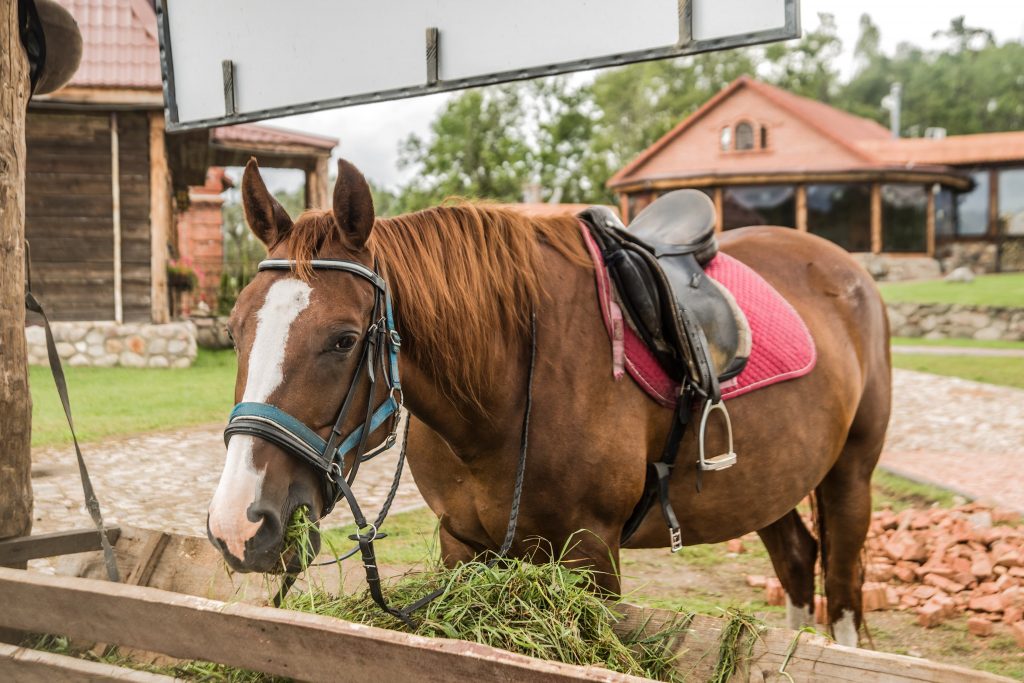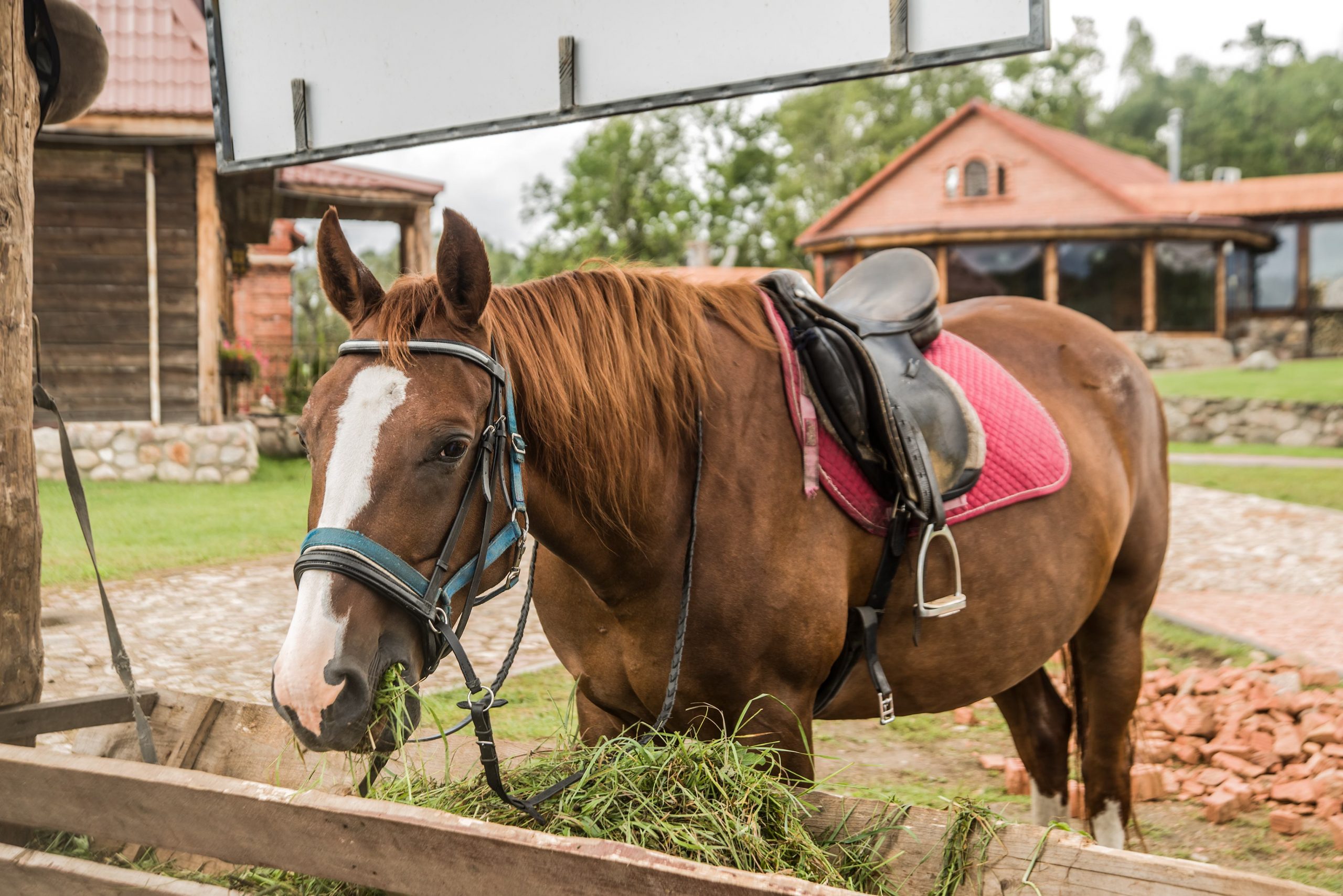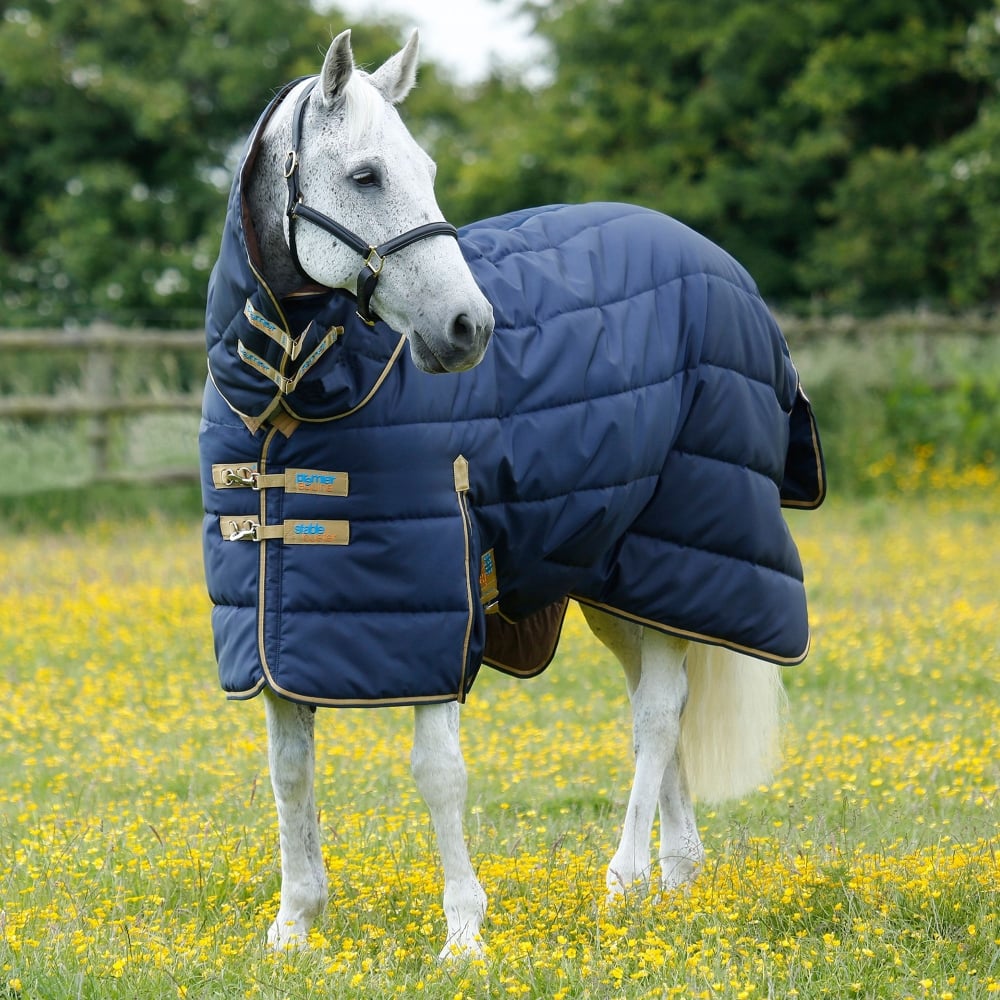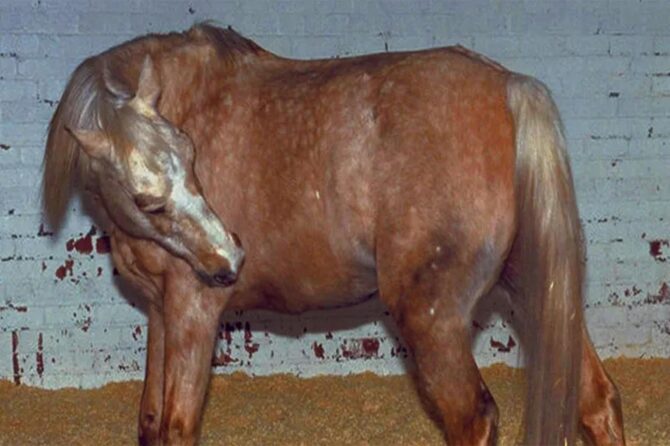Showing encompasses a variety of classes and so there are lots of types of horses and ponies that compete in showing. ‘Show condition’ is a term used to describe the additional body fat that horses used for showing tend to carry. Judges look at the conformation of the horse as well as their condition, which includes their coat, skin and hooves. It’s important that horses are fed top quality horse feed to achieve the results necessary for showing success!

The Pros And Cons Of “Show Condition”
Show judges tend to have a preference for horses that are in show condition, which technically means they are overweight. It is perceived that a horse won’t win a showing class if it is in a healthy condition. Therefore, owners have to make the decision whether they want their horses to be overweight and therefore at risk of disease, or whether they keep them at a healthy weight with a lower chance of winning.
Getting a horse ready for the show ring should focus on ensuring that the horse is fit and has a good body condition score for them. When looking at their body condition score there are a number of factors to take into consideration. The horse should be a 3 on the scale that ranges from 0-5 (0 being emaciated and 5 being obese) and they should have:
- The hindquarter muscles should be well defined and the hip covered
- Well-developed muscle over the withers – this is a sign that the horse is using their top line correctly when working
- The neck should have a convex or smooth top line that blends into the withers and shoulders
- Ribs shouldn’t be visible, but easily felt
Nutrition Is Vital
In addition to having the ideal body condition score, the show horse must have healthy hooves, skin and coat, which is achieved through a balanced diet. There are key nutrients that you can feed your horse to maintain a shiny coat, healthy hooves and skin, which include biotin and zinc.
Biotin is a B vitamin and is essential for cell proliferation and is renowned for being used to improve hoof quality. Naturally, B vitamins are synthesised by microorganisms in the horses’ digestive tract as a by-product of fermentation. A horse with a healthy digestive system that is fed plenty of fibre should be able to produce enough biotin to maintain good hoof condition. However, if the supply of fibre is compromised or the environment doesn’t allow bacteria to function properly, then the production of B vitamins, including biotin is compromised. Adding biotin in the horse feed is therefore beneficial
Fatty acids are important for creating a healthy skin and coat for your horse. Omega-3 is a key fatty acid which comes from oils such as linseed, rapeseed and soya. These are commonly used in horse feed and can also be added separately to the horse’s ration
Hopefully this short guide has given you some more information about feeding the show horse for the ring. If you would like to find out more or get advice about your horse specifically, speak to an equine nutritionist.



